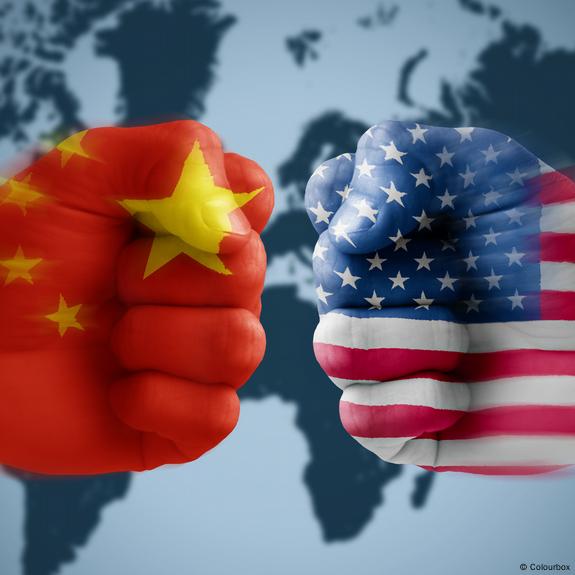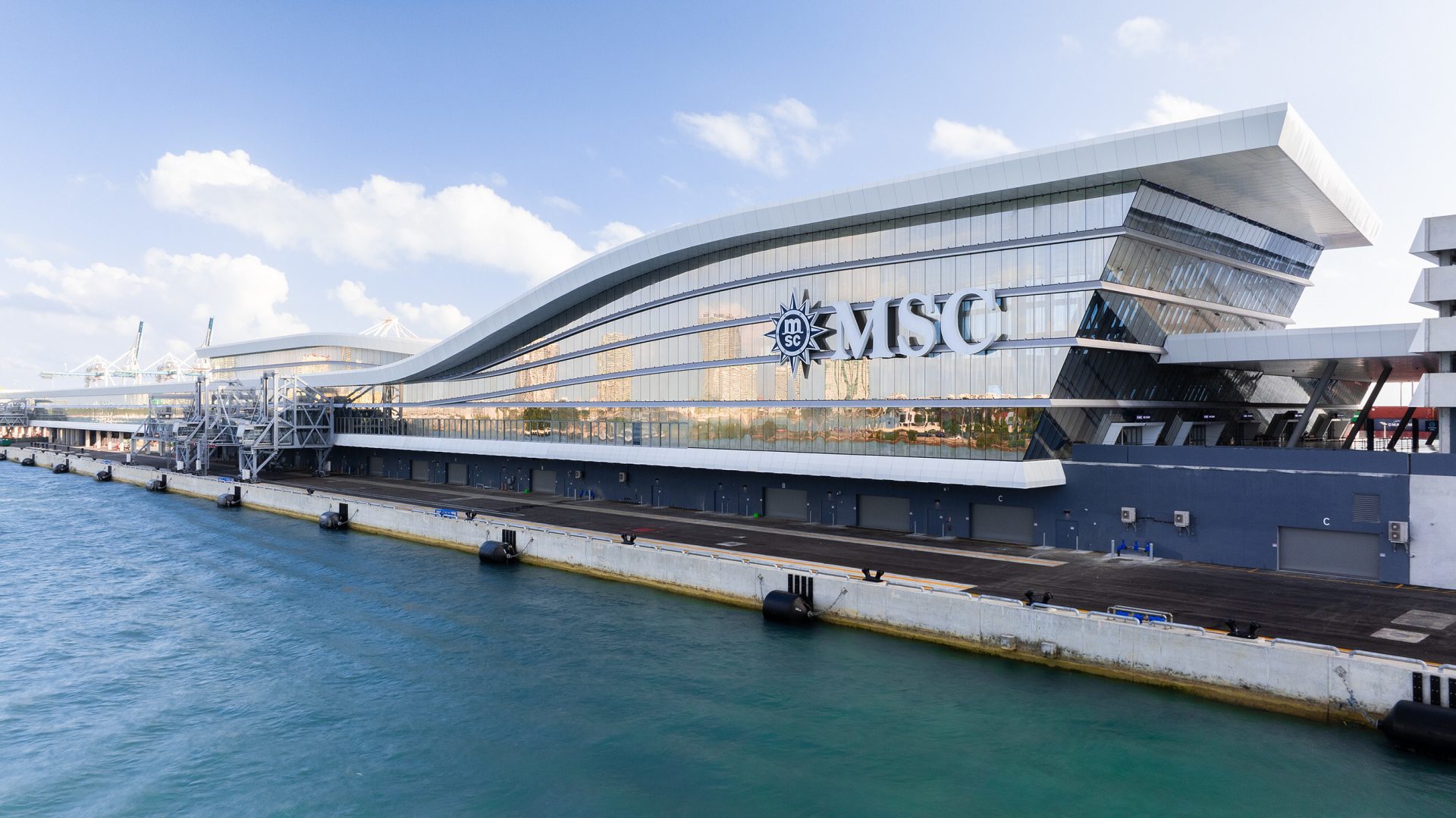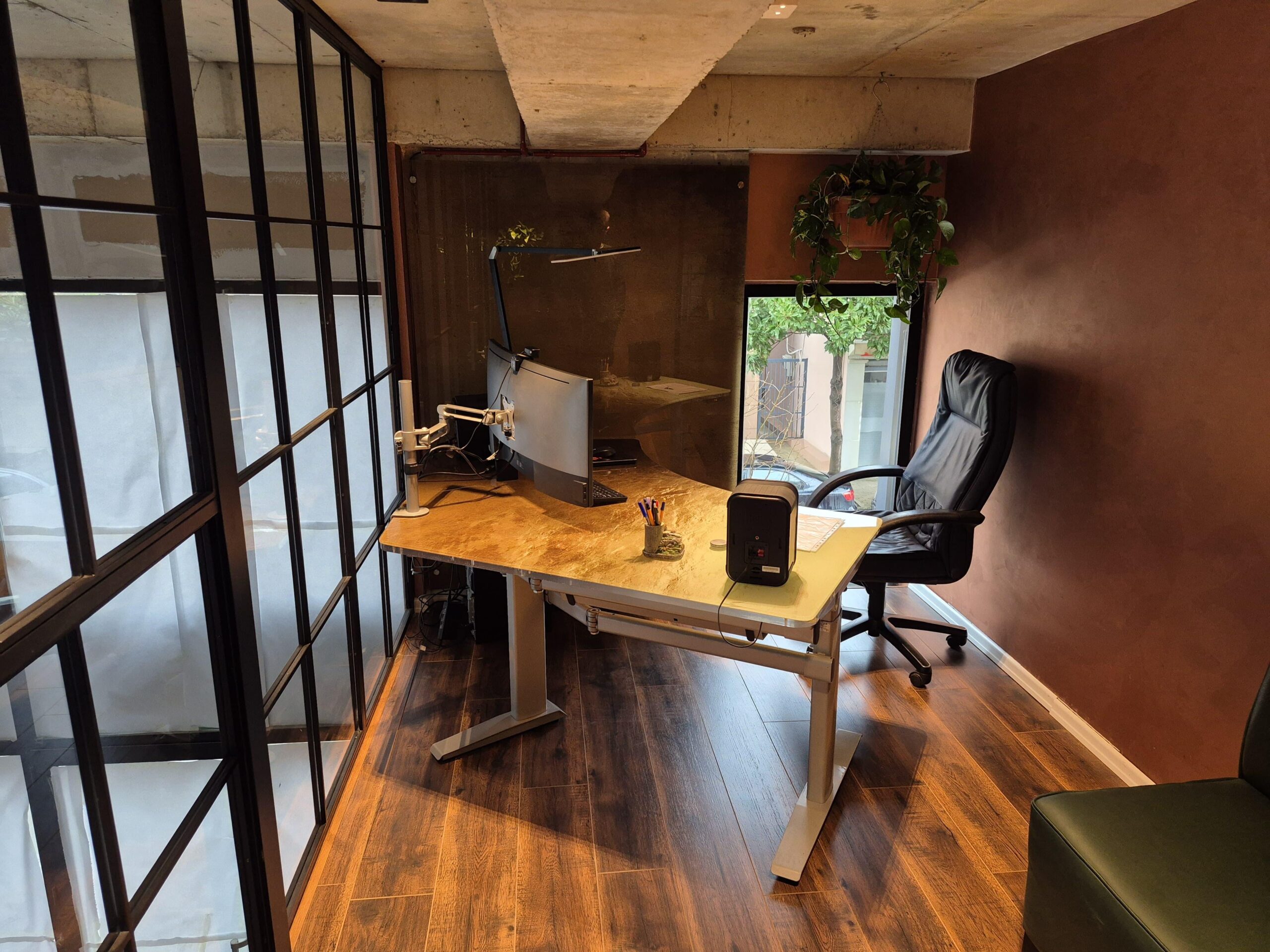The latest Producer Price Index (PPI) data released by the United States Bureau of Labor Statistics offers a mixed bag of news for the construction and manufacturing sectors.
While glass and glass product manufacturing prices remained unchanged in March, bringing a halt to two consecutive months of price increases, the impact of newly implemented aluminum and steel tariffs is already being felt acutely in related industries.
The PPI, a crucial economic indicator measuring wholesale price changes, revealed a 2.7% year-over-year increase in glass and glass product manufacturing costs compared to March 2024. This represents a slight moderation from February’s 3.1% year-over-year comparison. The stability is certainly welcome news for the glass industry, particularly as it navigates a complex global market influenced by fluctuating tariffs and shifting trade policies.
Looking at specific glass and glazing materials:
- Flat Glass: Prices remained unchanged in March, following a slight increase in February. The year-over-year increase stands at 1.4%.
- Flat Glass Manufacturing: A marginal increase of 0.1% in March is a positive sign, providing a break from more significant increases experienced earlier in the year. The year-over-year increase is 3.5%.
However, the picture is far less rosy for companies relying on aluminum and steel. The White House’s 25% tariff on imported aluminum and steel is already having a substantial impact.
- Ornamental and Architectural Metalwork: These products experienced a significant surge, with prices jumping 11.2% in March alone, and a staggering 21% increase compared to March 2024.
- Metal Windows: After months of price stability, metal window prices increased by 2.1% in March.
- Metal Doors and Frames: Prices for these items also saw an increase of 1% in March.
The overall PPI unexpectedly dropped by 0.4% in March, defying analysts’ forecasts of a 0.2% gain. Economists speculate that this decline may be partially attributable to businesses absorbing the costs associated with smaller tariffs implemented earlier in March.
The implications of these trends are significant. While the stable pricing in the glass industry offers a degree of predictability, the escalating costs of aluminum and steel, driven by tariffs, are likely to create upward pressure on overall construction costs and potentially impact project timelines. The full impact of the tariffs is anticipated to be more pronounced in April’s PPI data.
Companies across the construction and manufacturing sectors should closely monitor these developments and proactively explore strategies to mitigate the potential impact of rising metal prices. This may include renegotiating contracts, seeking alternative materials, or implementing efficiency measures to offset increased costs. As global trade policies continue to evolve, adaptability and strategic planning will be crucial for navigating the fluctuating landscape of material pricing.
Source: USGlass with additional information added by GlassBalkan







